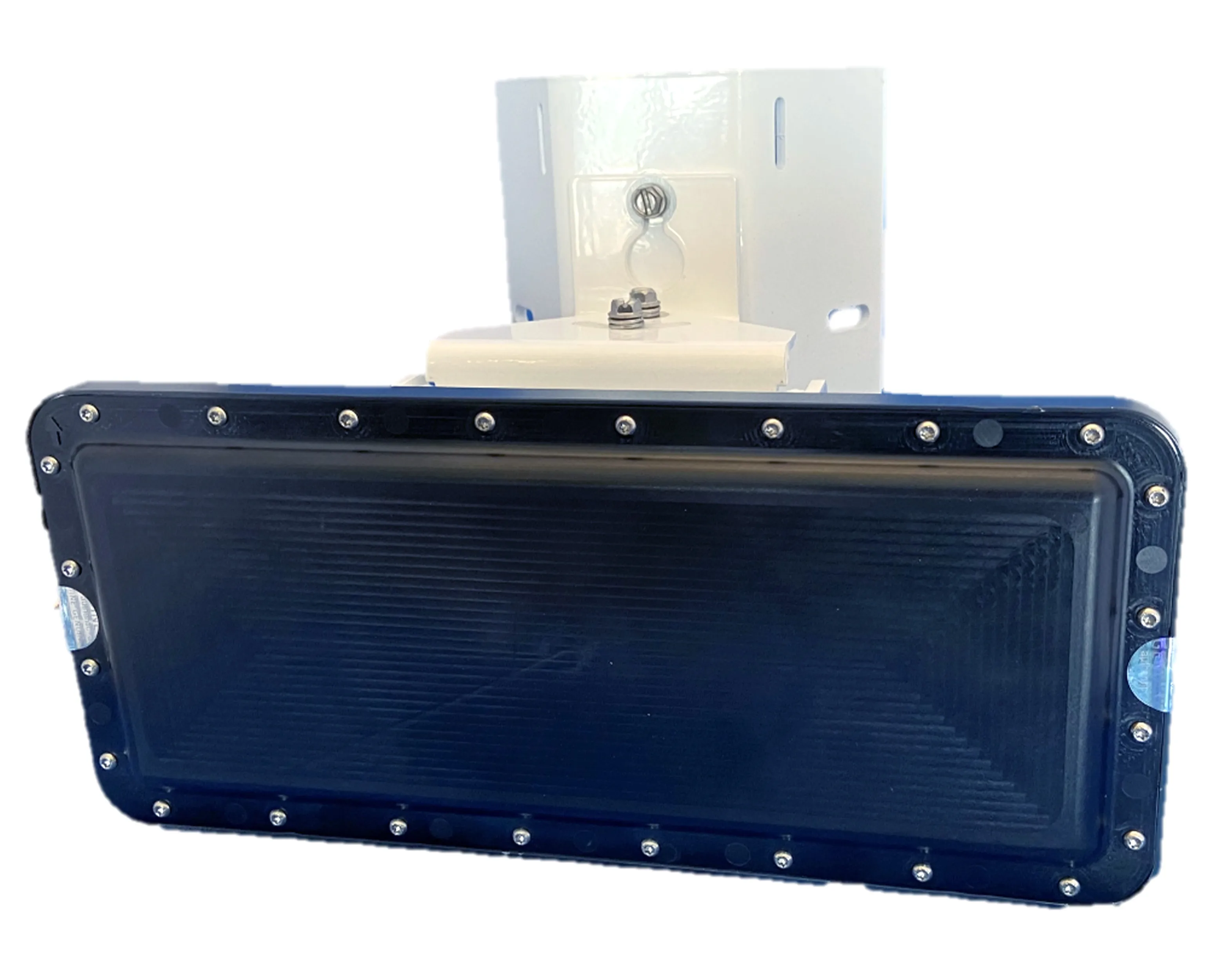
Econolite has released a radar detection sensor which it says provides a 110-degree field of view along with a sensing range of up to 900 feet.
Econolite chief technology officer Eric Raamot says this combination enables only two sensors to fully cover all approaches at most intersections.
“Evo Radar’s sensing capabilities can detect vehicles, pedestrians and bicycles,” he continues.
“It can classify and track vehicles even when stopped. As a result, Evo can comprehensively support the detection requirements for a multitude of traffic control and safety applications.”
Econolite says the sensor can serve the detection needs for automated traffic signal performance measures, pedestrian crossing applications and bicycle-differentiated signal timing.
According to Econolite, the sensor is suited for high-speed approaches, addressing dilemma zone safety, which is vital for traffic engineering operations and the community.
The company insists Evo Radar saves transportation agencies time, materials as well as installation and maintenance costs.
Evo Radar is the latest addition to Econolite's portfolio of sensors, which includes Autoscope Vision and its AccuSense line of in-ground wireless sensors.










